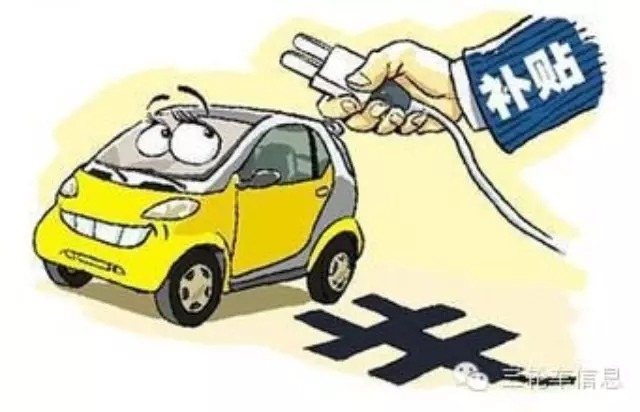
On February 1, the Ministry of Finance held a video conference on the arrangement of the special inspection of the subsidy funds for the promotion and application of new energy vehicles, marking the official start of the special inspection of the subsidy funds for the promotion and application of new energy vehicles organized by the Ministry of finance. The purpose is to standardize the management and use of the subsidy funds for the promotion and application of new energy vehicles and to tighten financial discipline, resolutely crack down on all kinds of compensation fraud and rent-seeking, and promote the healthy and sustainable development of the new energy vehicle industry. According to the relevant responsible comrades of the supervision and Inspection Bureau of the Ministry of finance, the Ministry of finance will organize 35 Commissioner's offices to inspect 25 provinces and cities such as Beijing, Shanghai and Jiangsu, covering all 90 new energy vehicle production enterprises supported by the central financial subsidies from 2013 to 2015, extending some enterprises and institutions that purchase and use new energy vehicles and relevant departments of local governments. This inspection is not only for the central financial subsidy funds, but also for the new energy subsidy funds provided at the provincial, municipal and county levels. If any problems are found, they will be dealt with and investigated for responsibility. The inspection was officially started on February 1, 2016 and ended in late March.
The inspection focused on the inspection of "fraudulent compensation", highlighting key areas, key enterprises and key models. The inspection team shall closely focus on all links of new energy vehicle production, sales and operation, and check whether there is any problem of fraud and compensation one by one.
Starting from the parts procurement and production links of production enterprises, check whether the key indicators of subsidized new energy vehicles are consistent with the information in the announcement of road motor vehicle manufacturers and products, and whether the quantity of self-made or purchased batteries, motors and other core parts matches the declared sales quantity.
Starting from the sales link, check whether the sales quantity is true, whether there is after-sales repurchase, false transaction and false high price. Starting from the user unit, check whether the registered vehicles of the user unit of new energy vehicles are consistent with the model and quantity of vehicles sold by the production enterprise, whether the purchased new energy vehicles are put into actual operation, whether they are idle or scrapped in advance, whether there are false transactions between the production enterprise and key purchasing customers, and whether the user enterprise carries out sustainable commercial operation.
Previous One : 10% of new energy vehicles
Next One: Gives the right of way to the compliant express tricycle
Online message